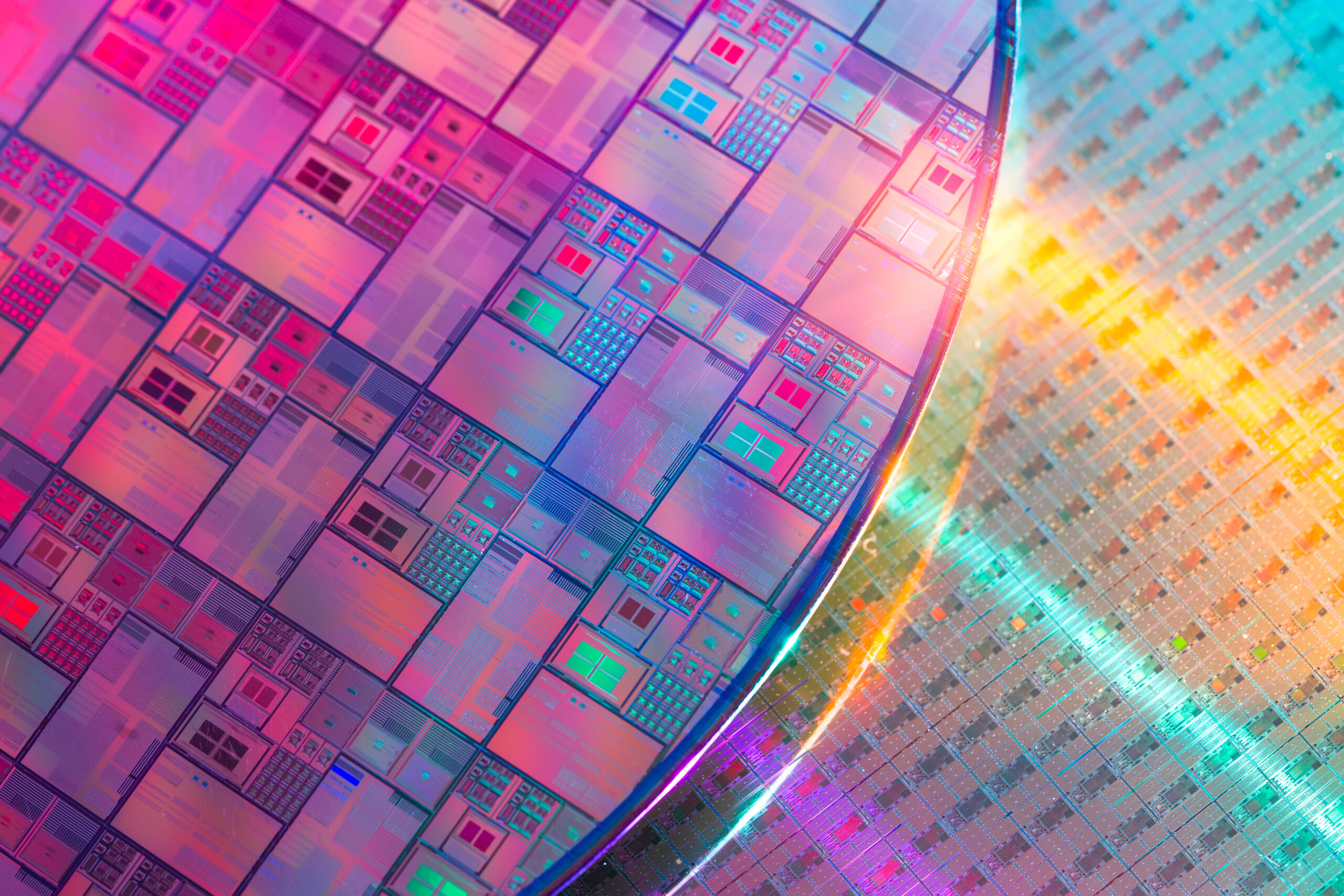SIMS is a high-sensitivity surface analysis technique for determining surface composition, contaminant analysis and depth profiling in the uppermost surface layers of a sample.
Secondary ion mass spectrometry, or SIMS, is one of the most sensitive techniques for interrogating the uppermost surface layers of material, from depths of a single atomic layer to several tens of microns (µm). It can obtain compositional data down to the parts per billion (ppb) range and is compatible with any material that can be reliably subjected to ultra-high vacuum conditions. Consequently, SIMS instruments are routinely used to analyse ceramics, metals, organic materials, polymers, semiconductors, and more.
The technique is broken down into two distinct methodologies: dynamic and static SIMS. Each of these use a primary ion beam that impacts a sample under vacuum conditions, causing tiny volumes of material to be ablated from the surface – a fraction of this ejected material will be ionised. These secondary ions are acquired by the sample inlet of the mass spectrometry unit to develop an accurate quantification of the composition of the specimen’s uppermost surface layers.

Hiden’s SIMS Systems
Designed to analysis within the first few microns of a surface, Hiden’s SIMS systems provide depth profiles with depth resolution to < 1 nanometre.
The Hiden SIMS Workstation provides high-performance static and dynamic SIMS for detailed surface composition analysis and depth profiling. Hiden’s elemental SIMS imaging facility provides for high-resolution surface chemical mapping.
Hiden bolt-on components are available for upgrading existing surface analysis equipment, such as FIB-SEM and XPS instruments with SIMS facilities.
Hiden Analytical’s SIMS Workstation
For simultaneous +ve and -ve ion analysis in a comprehensive SIMS package, Hiden Analytical has also developed the innovative Hi5 SIMS workstation. Hiden Analytical provides extremely versatile high-sensitivity instrumentation for high-performance dynamic and static SIMS (secondary ion mass spectrometry) analysis, unlocking new levels of precision in cutting-edge applications.
With an extended range and the ability to acquire and identify both positive (+ve) and negative (-ve) secondary ions, the SIMS workstation is a comprehensive solution for composition analysis and depth profiling applications.
The primary difference between dynamic and static SIMS is the ion dosage (a higher dose for dynamic SIMS instruments), and that dynamic SIMS cannot be run with a defocused ion beam; it must be raster scanned across the sample surface to produce a flat-bottomed crater. Hiden Analytical’s SIMS workstation can perform dynamic and static SIMS analysis in a single consolidated SIMS instrument. With a dual-mode MAXIM mass spectrometer, the SIMS workstation can operate in secondary ion detection mode for +ve/-ve ion detection and a secondary neutral detection mode for +ve data quantification. Each mode is compatible with mass range options up to 5000 atomic mass units (AMU).
Our SIMS workstation is a comprehensive solution for depth profiling and compositional analysis of samples in various areas of surface analysis, thin film engineering, nanotechnology, fuel cell research, and more. The system is highly customisable to suit the unique requirements of users in complex fields.
If you need more information about performing static or dynamic SIMS analysis, browse our product literature and presentations. For a more detailed insight into the features of our SIMS workstation, contact a member of the Hiden Analytical team today.

